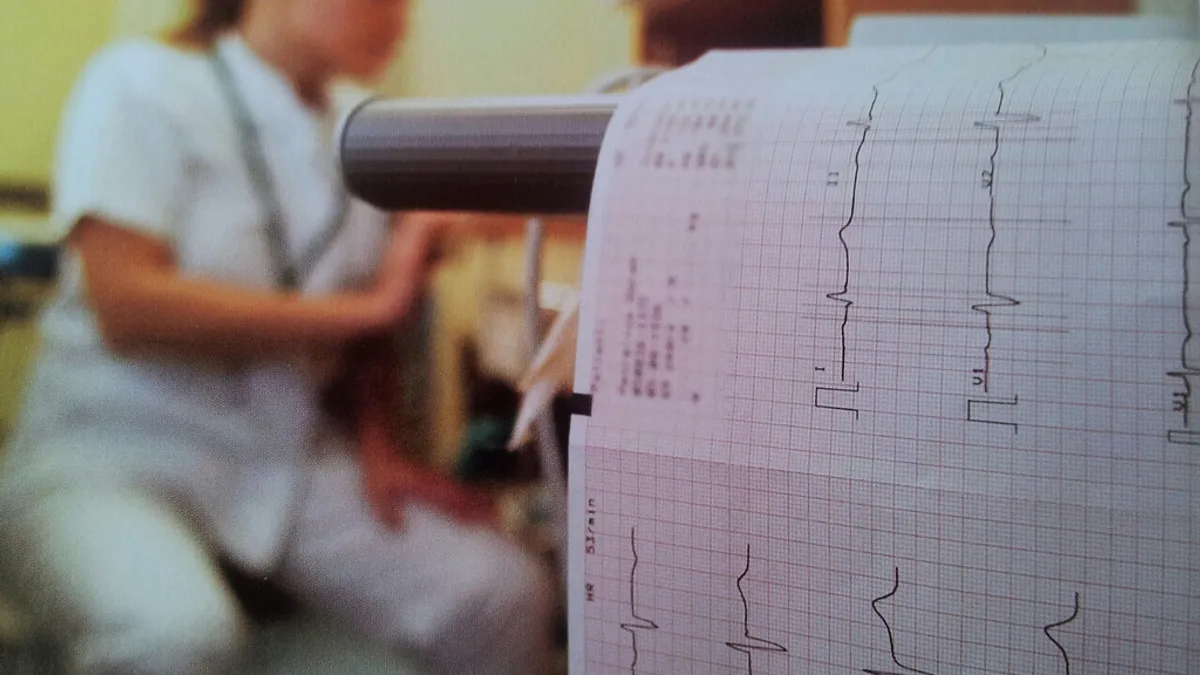Dive Brief:
- FDA awarded premarket approval to a catheter-based device that delivers hyperbaric levels of oxygen to heart tissue in hopes of reducing muscle damage after a heart attack, privately held device maker TherOx said Thursday.
- The Irvine, California-based company said its SuperSaturated Oxygen (SSO2) Therapy is indicated for left anterior descending ST-elevation myocardial infarction (LAD STEMI).
- Patients who received the supersaturated oxygen treatment showed a 26% infarct size reduction compared to those who got percutaneous coronary intervention (PCI) alone in a clinical trial. Additional clinical trial data showed left ventricular stability at 30 days with no deleterious enlargement, the company said.
Dive Insight:
About 750,000 people in the United States have heart attacks each year, according to the American Heart Association. Also known as myocardial infarction, it can happen when one of the arteries supplying blood to the heart muscle becomes blocked, usually due to the sudden rupture of plaque that has built up in the artery.
The TherOx procedure is indicated for patients who have the most serious kind of heart attack, a left anterior descending ST-elevation myocardial infarction, LAD STEMI, and who have received percutaneous coronary intervention (PCI) with stenting that has been completed within six hours of the heart attack.
Heart attack is the primary cause of cardiovascular disease death, with the reported 30-day mortality after a myocardial infarction around 5%, according to one study. That’s because patients may be left with reduced heart function afterward. Infarct size following STEMI is a determinant of heart failure and death.
Restoring blood flow within a few hours of a heart attack can minimize permanent damage to the heart. Percutaneous coronary intervention, in which a balloon delivered via a catheter is inflated in the artery and a stent implanted, has been the standard of care for treating acute myocardial infarction for 25 years.
TherOx said its treatment is the first FDA-approved treatment beyond PCI to reduce muscle damage in heart attack patients. The hyperbaric oxygen is delivered to the heart immediately after the coronary artery has been opened by PCI and is intended to save heart muscle by reducing infarct size.
The device delivers one 60-minute infusion of the patient’s super-oxygenated blood to the targeted area of the heart through a small catheter. The infusion helps reduce capillary swelling to restore blood flow to surrounding tissue and decrease infarct size.










